Yacht trip goes very wrong for Taiwanese retiree who can’t swim when boat is punctured in rough seas
For Taiwanese sailor Andy Kuo Lee, the 2019 purchase of Our Rose, a 44-foot (13-metre) sailing catamaran, was a dream come true. Having taken early retirement from his career as an actuary, Lee and his wife, Jennifer Chen, were looking for adventure.
They found it living aboard their new boat, spending four years cruising through Malaysia, Indonesia and the Philippines. They enjoyed being afloat in the azure waters of Southeast Asia, anchored in quiet bays and being immersed in the culture of the shores they visited.
“We love the liveaboard lifestyle,” Chen says.
In 2023, they decided to sail Our Rose home to Taiwan, stopping in Puerto Galera, in the Philippines, to make repairs and improvements to their boat.

When the work was done, Lee set out to sea together with an experienced Dutch sailor named Jeroen Elout. Chen was in Taiwan, awaiting their arrival.
The crew stopped in San Fernando, on the island of Luzon, to “clear out” of the Philippines – obtain the clearance papers needed at the next port of call.
On October 30, they set off for the Taiwanese city of Kaohsiung, a voyage of about 650 nautical miles (1,200km) across the Luzon Strait. These waters can become dangerous as strong currents mix with winds coming off the open Pacific Ocean to create steep, tall waves.
The forecast called for freshening winds, but nothing the boat and crew had not seen before, so they carried on.
However, as they sailed out of the protective lee of Luzon Island they were surprised by 30 knots of wind and three- to four-metre sea waves from the east, which was worse than forecast and soon began to hamper their progress.
That afternoon, with the boat about 60 miles west of the northern tip of Luzon, Lee realised he was facing a more serious problem than just the weather.
“I was doing a routine check when I noticed water entering the starboard hull. The water was already 10 or 20 centimetres deep, but we couldn’t see any hole from the inside,” Lee says.
They placed a mark on the wall to monitor the water depth, started additional bilge pumps and began bailing with buckets. They lowered the sails and motored, changing course to shield the damaged starboard hull from the oncoming waves.
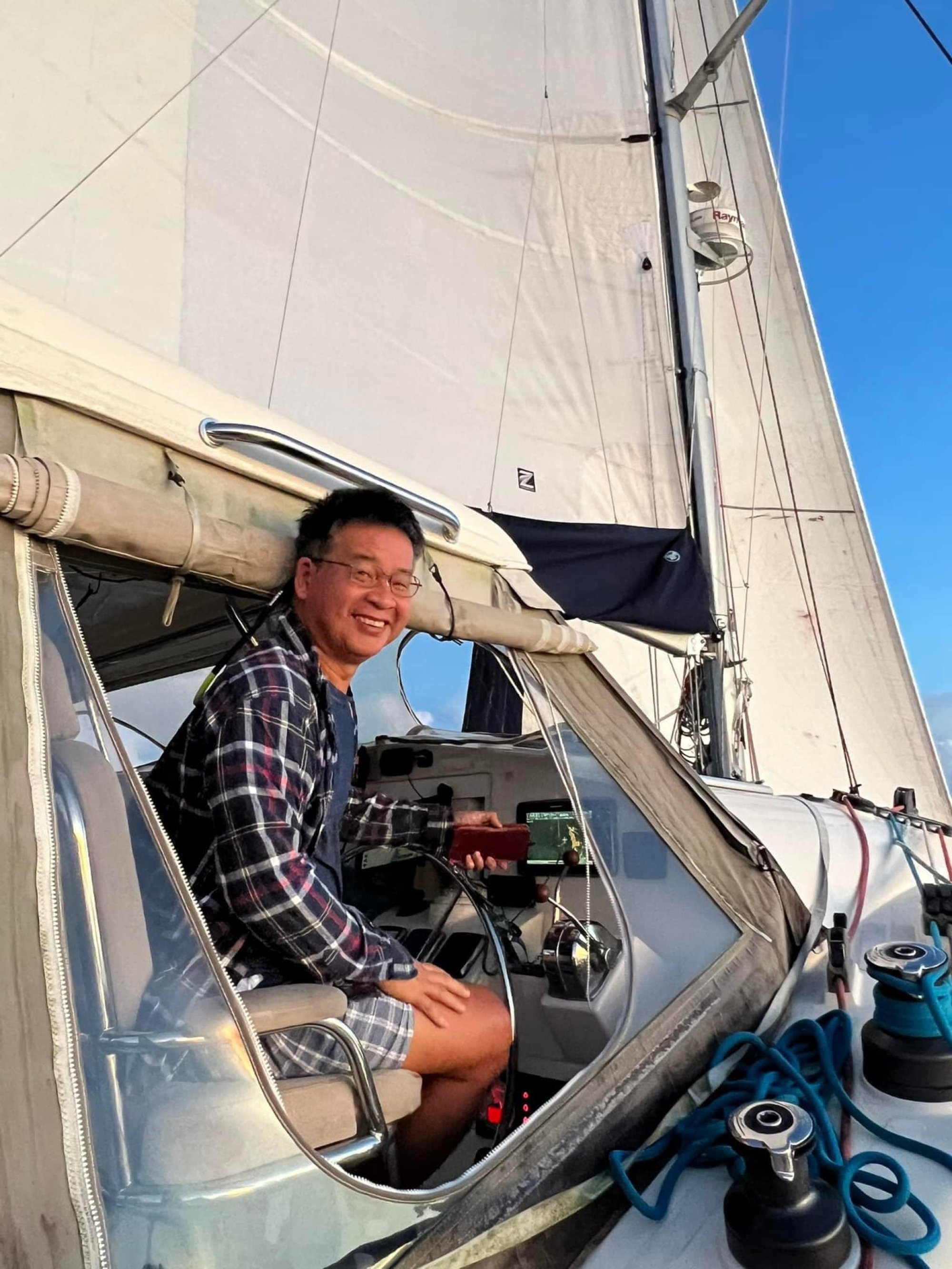
Throughout the day, they pumped, bailed and worked themselves to exhaustion, and the water level appeared to be holding steady, or maybe even retreating.
“I didn’t really feel afraid, because I was too busy working to save the yacht,” Lee says. “When we started taking on water, we were confident we could seal the hole. We didn’t turn back, because I thought we could stabilise the boat and still cross over to Taiwan.
“I was thinking more about how much it would cost to fix the boat, and worried that my wife would kill me when she found out!”
Just before dark, Elout dived overboard to do an inspection. He could see a metre-long scrape along the side of the hull, suggesting they had hit a floating object. They used an emergency waterproof epoxy kit to make a rough repair and reduce the water ingress, and then prepared for the night.
With sails furled, they left the boat to drift in circles as they saved their energy for the fight against the rising waters.
I saw the Facebook post the next day and then I knew it was serious
Chen was monitoring the yacht via a satellite tracker. When she noticed it was drifting in the Luzon Strait, she telephoned one of Lee’s sailing friends.
“He said, ‘Oh, the situation is under control, don’t worry.’ So I just waited,” Chen says.
Lee’s face reddens as he hears her side of the story during our interview.
“I called my friend by satellite phone to tell him about our problem,” he says, “but I told him, ‘Don’t say anything to Jennifer, I don’t want her to worry.’”
However, Lee’s friend posted a call for help on a Facebook sailing group, detailing the danger Our Rose was facing.
“I saw the Facebook post the next day,” Chen says, “and then I knew it was serious.”
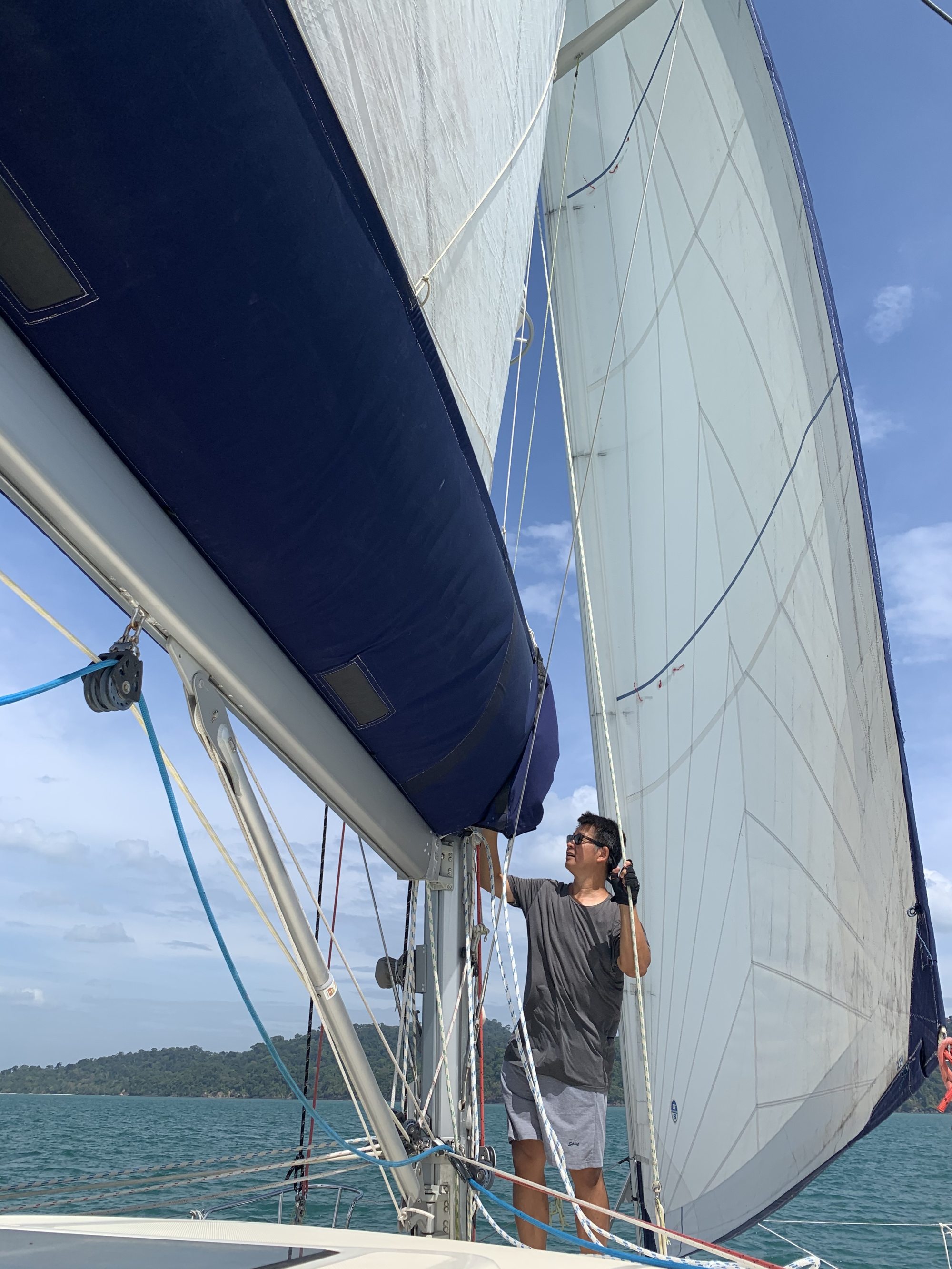
November 1 dawned overcast and grey, and Lee’s heart sank as he saw the water had risen during the night. His emergency bilge pumps were also beginning to fail, so he jury-rigged yet more pumps, but to no avail.
“I could see the water was rising. It was slow, but it was definitely rising,” he says.
Small details were becoming more important. The boat was a tangle of hosepipes, tools, pumps and rising water, and Lee could not find his glasses amid the mess, making his tasks more difficult. The two men had also been too busy to eat, and now were becoming weak.
Elout dived overboard again and saw that the damage had worsened during the night. They applied more epoxy, hoping to keep Our Rose afloat, but by now their own bodies were failing them.
“We fought it all the way, but after more than 15 hours of it, just the two of us, trying to maintain the boat, fix the hole and discharge the water – in the end we were very exhausted,” Lee says.
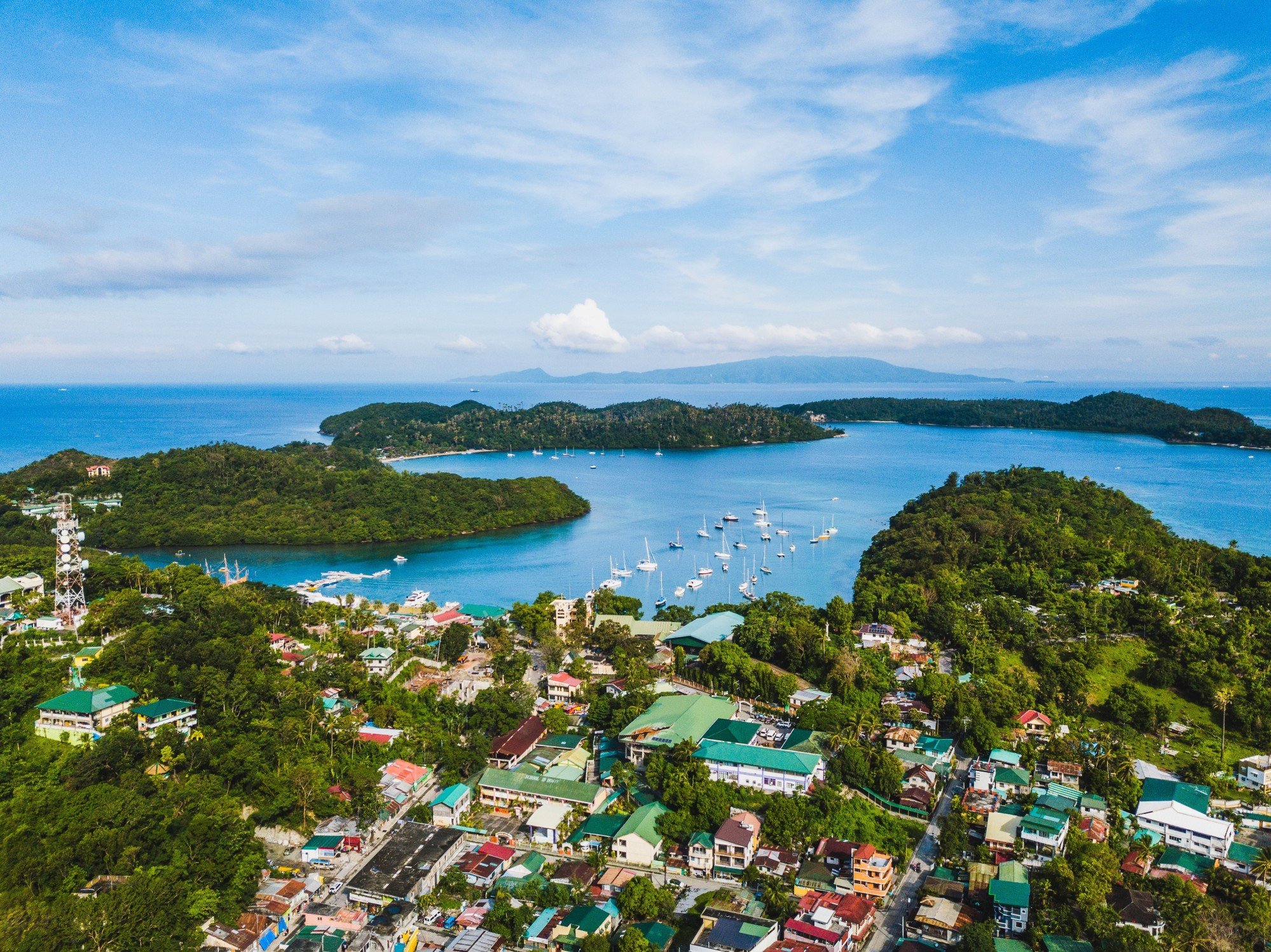
They attempted further repairs throughout the morning, using blankets and pieces of wood to plug the hole, but the water continued to rise.
At noon, they triggered their emergency position-indicating radio beacon (EPIRB), and returned to their urgent work, not knowing when, or if, help would arrive.
Half an hour later, Lee spotted a ship only a few miles away. He hailed the MV Samal, a 172-metre container ship, by VHF radio, asking for help.
“By then the water in the starboard hull was almost a metre high, and the yacht was listing 20 to 25 degrees,” Lee says.
The cargo ship was soon nearby, and the pair’s focus shifted from saving their yacht to working out how to abandon it.
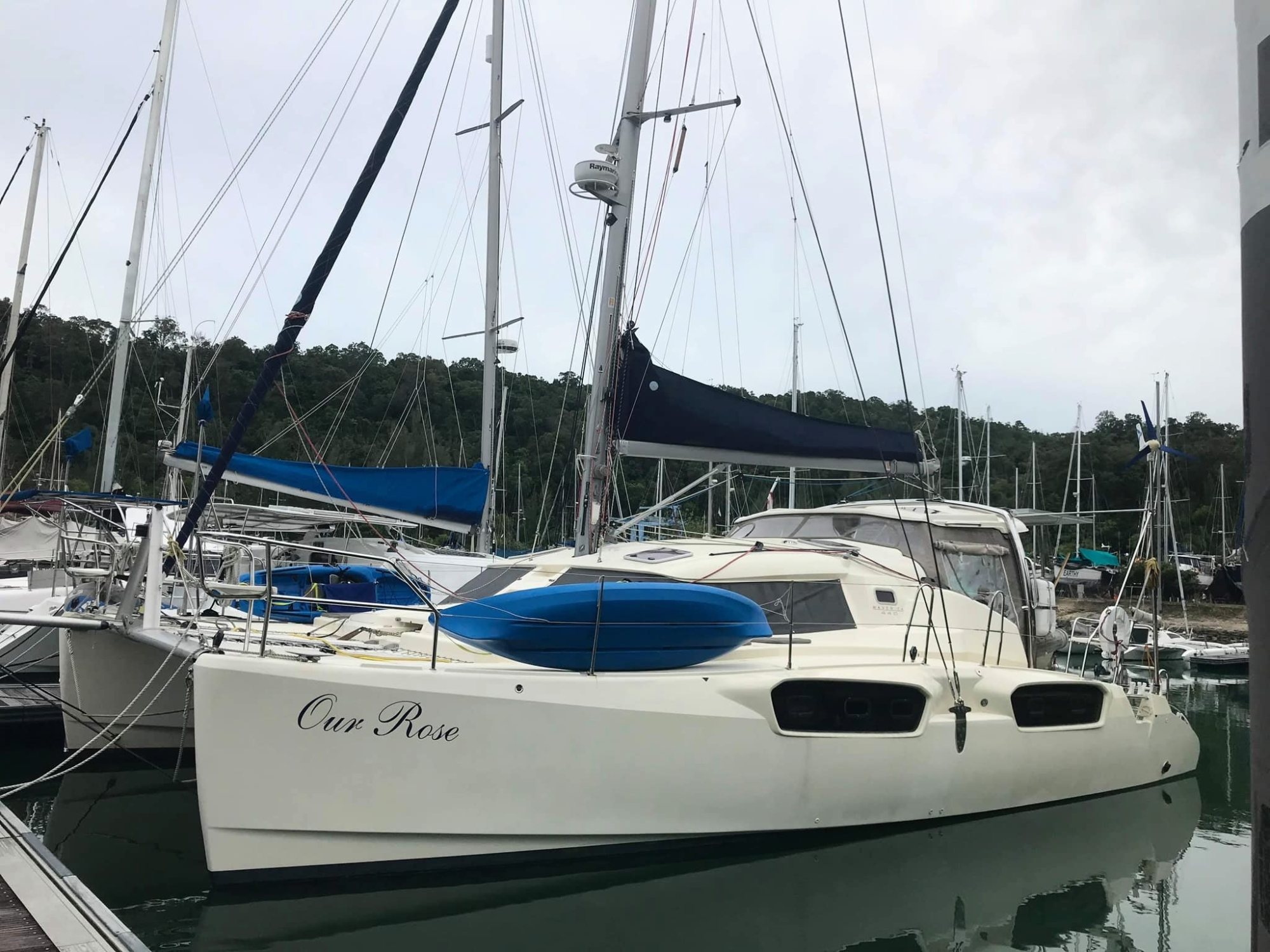
“Due to strong wind and waves I could not come so close to the Our Rose, to avoid collision,” Captain Oleg Derendiaev, master of the Samal, says in an email interview.
“I saw from the bridge that the sailing yacht had two small kayaks. I [suggested they] launch the boats and paddle to my vessel.”
But the seas were still too rough, and after several capsizes, the sailors decided to swim for the ship, which was drifting with the wind and had already been forced to make another pass to get nearer to the yacht.
Derendiaev reported that at the time of the rescue, the first he had ever conducted, winds were from the northeast at Force 7 (roughly 30 knots) and sea waves were about 1.5 metres.
“I don’t know how to swim,” Lee says, “but my crew [Elout] was a very strong swimmer, a free diver, so he basically towed me to the ship.”
The ship’s crew lowered ladders and pulled the soggy sailors from the sea after they had swum more than 100 metres to safety.
“The sailing crew were exhausted and tired, but happy, and medical assistance was not required,” Derendiaev says.
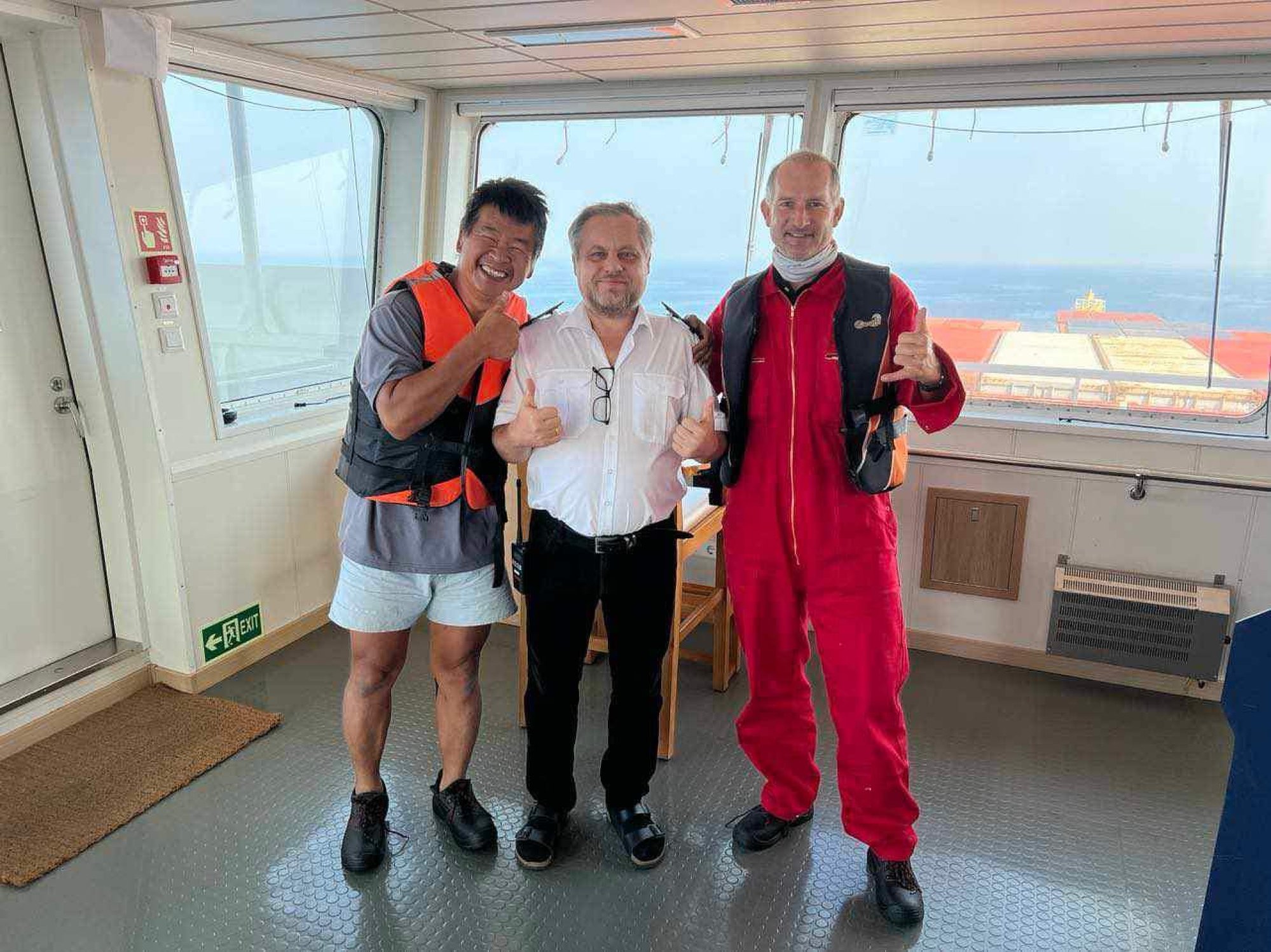
Once aboard the ship, they were given dry clothes, hot food and a cabin to rest in while the MV Samal diverted to Kaohsiung to drop them off.
Our Rose was left to her fate.
“As we came into Kaohsiung harbour, I couldn’t help but laugh, as I realised that we were arriving in Kaohsiung ahead of schedule and on a much bigger boat than planned,” Lee says.

While it has only been a few months since his ordeal, Lee is already dreaming of his next yacht, an idea that prompts raised eyebrows from Chen.
“I don’t know what I feel,” Lee says. “I guess I feel lucky, and it’s been an interesting experience that not many other people have had.”

